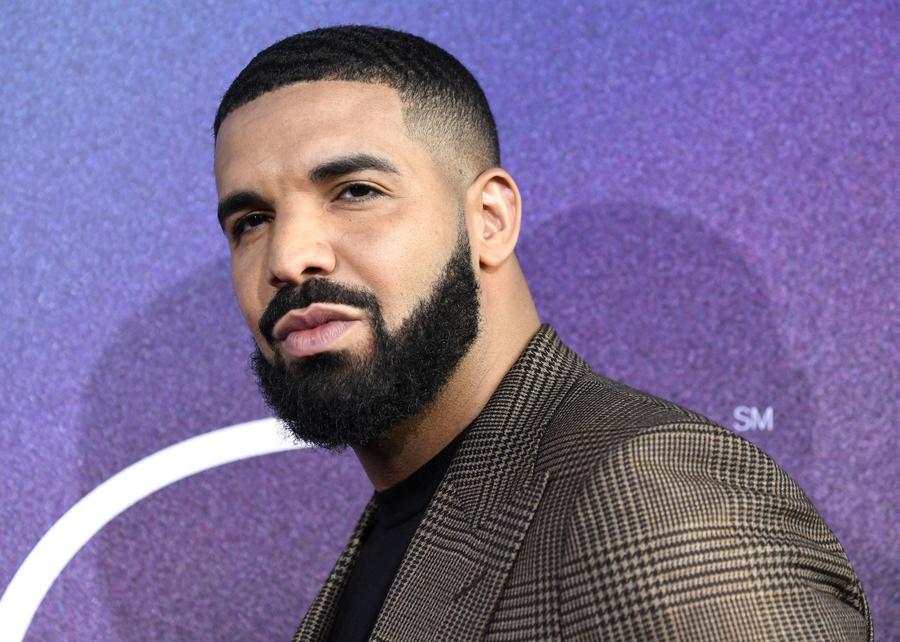Drake’s financial situation in 2025 is the consequence of years of calculated risks, strategic decisions, and brand vision rather than just the accumulation of record sales. Once well-known for his work on “Degrassi: The Next Generation,” the Toronto native has established an empire with music as just one of its many pillars. His fortune now stands at over $300 million, bolstered by innovative contracts, uncommon endorsements, and a real estate portfolio worthy of a tycoon.
Drake’s 2009 mixtape “So Far Gone,” which changed the sonic direction of hip-hop and resulted in a collaboration with Lil Wayne’s Young Money Entertainment, marked the beginning of his artistic rise. A series of platinum records and international hits were the result of albums like “Take Care,” “Nothing Was the Same,” and “Views,” which were remarkably successful at fusing introspection with popular appeal. Not only did these projects provide entertainment, but they also changed streaming habits, broke records, and expanded the commercial potential of rap albums.
Drake Bio Data, Career & Financial Highlights (2025)
| Category | Information |
|---|---|
| Full Name | Aubrey Drake Graham |
| Date of Birth | October 24, 1986 |
| Birthplace | Toronto, Ontario, Canada |
| Nationality | Canadian |
| Profession | Rapper, Singer, Songwriter, Actor, Entrepreneur |
| Net Worth (2025) | $300 Million+ |
| Active Years | 2001 – Present |
| Major Albums | Thank Me Later, Take Care, Nothing Was the Same, Views, Scorpion, CLB |
| Business Ventures | OVO Sound, OVO Clothing, Toronto Raptors Ambassador, Virginia Black Whiskey |
| Major Endorsements | Nike, Apple, Stake.com ($100M/year) |
| Properties | Toronto Mansion, Beverly Hills Estate, Texas Ranch, Former YOLO Estate |
| Notable Contracts | Universal Music Group ($400M deal, 2022) |
| Website | https://www.drakeofficial.com |
In 2022, Universal Music Group confirmed a long-term worldwide agreement encompassing recorded music, publishing, and multiple media endeavors, solidifying the transition from celebrated artist to financial powerhouse. He is thought to have made $200 million after taxes from the deal, which is valued at about $400 million. This was not a straightforward record deal; rather, it was a testament to his lasting market worth and a blatant indication of his standing as an artist whose creations continue to be profitable for generations to come.
The Stake.com endorsement boosted his business profile, even if the Universal deal preserved his creative legacy. This partnership is one of the most profitable branding agreements in entertainment, with an annual value of $100 million. Drake’s obvious passion for the platform—often livestreaming Bitcoin bets worth millions of dollars—has been especially helpful to Stake’s growth from a cryptocurrency niche to a significant global gaming player. His impact here extends beyond music lovers to an audience inspired by his way of life and ambitious decisions.
Drake takes an equally calculated approach to real estate. His purchase of the expansive “YOLO Estate” in Hidden Hills, which featured a basketball court, equestrian stables, and a lagoon-style pool, became a symbol of popular culture. He eventually sold parts of the estate for millions of dollars and moved on to other properties, such as the 313-acre Dos Brisas Ranch in Texas and his specially designed 50,000-square-foot mansion in Toronto. These possessions are investments, assets that have significantly increased in value over time, and they are not merely extravagant.
Drake’s wealth reflects a diversified model, even though music is still a major source of income. His ambassadorship for the Toronto Raptors has combined sports and entertainment in a particularly creative way, and his OVO Sound label and apparel line expand his influence into lifestyle markets. The approach is similar to business decisions made by celebrities like Rihanna and Jay-Z, who use their art to support larger endeavors rather than as the only source of income.
Drake’s financial journey serves as an example of a cultural shift in the way audiences define success. Album sales used to determine an artist’s standing, but these days, business reach, brand alignment, and cross-industry adaptability are used to measure influence. His trajectory is remarkably similar to that of international businesspeople who use cultural capital to build diverse empires, impacting colleagues and the upcoming generation of artists.
Drake’s wealth has an equally compelling social impact. He has incorporated public goodwill into his brand through overt philanthropy, community investments in Toronto, and crisis support. His ability to strike a balance between accumulating wealth and upholding social responsibility makes him a figure whose influence goes beyond entertainment, influencing how the general public views the positive uses of celebrity influence.
Drake’s empire serves as a model for contemporary artists looking to ensure sustained success in 2025. Navigating streaming revolutions, accepting risky brand partnerships, and preserving cultural relevance in quickly evolving markets are all examples of his career’s adaptability. From Texas ranches to chart-topping hits, every endeavor has been a part of a bigger, more effective plan: to transform influence into lasting legacy and fame into generational wealth.


